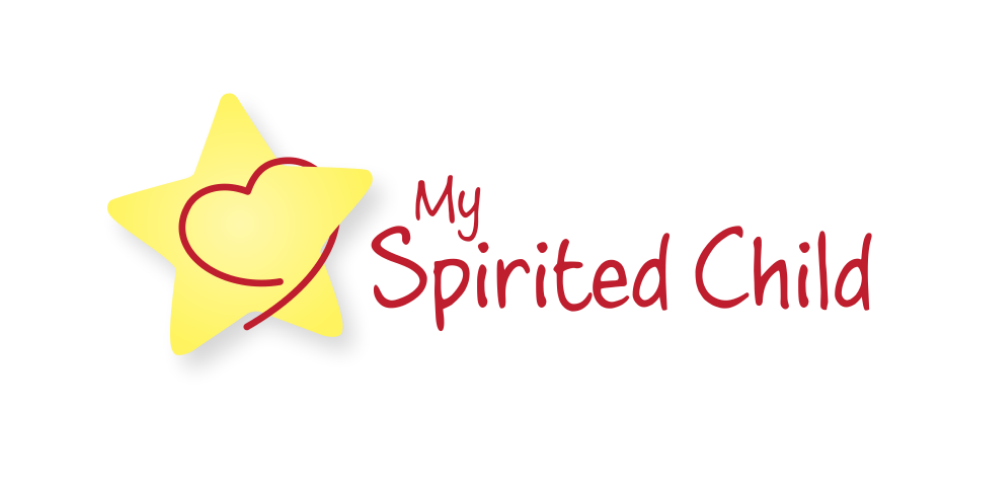It’s one of the learning disorders that very few people know about
So what is Dysgraphia?
We often hear about Dyslexia. I myself have dyslexia. But we rarely hear about Dyspraxia, Dyscalculia or Dysgraphia.
The other week I wrote an article about Dyspraxia. Click here to read that article.
And some time ago the very talented author Anne Vize kindly wrote me a guest article on Dyscalculia. Click here to read that article.
But what is Dysgraphia?
Dysgraphia is a recognized disorder which affects visual spatial processing, language processing and fine motor ability.
This means that the person with Dysgraphia will struggle to recognize shapes. This could be recognizing individual letters, numbers, patterns, logo’s or even shapes themselves such as circles or squares etc.
The spatial processing issues can cause problems with writing, as they will struggle to write in a neat line or with the spaces between words. And their letter formation may not be very good.
As adults they may struggle with driving, as they will find it hard to judge spaces and turning accurately.
Related Article: Join the My Special Child Facebook Group!
The issues they have with language processing can make it difficult for them to organize their thoughts into the correct order to then transfer those thoughts accurately onto the page. It can also be difficult for them to check or read back their own work.
As they also suffer with fine motor problems, they may struggle to hold a pen or pencil.
What can you do to help?
There are a few simple things that can really help someone with Dysgraphia.
- If possible get paper with raised lines. This helps them to feel where their writing should go.
- Try to give them paper that has large spaces between the lines.
- Graph paper can also help with organising their writing and spacing.
- Let them choose their own pen or pencil. Often a wider pencil can help. And you can buy specialist pencil rubber grips which can be really useful.
- Allow them to use a laptop or PC if possible to type their work rather than write it.
- When they are old enough that their speech is perfectly clear. They could use a voice transcription tool which converts what they say into a word document, so they don’t have to type.
- Help them to organize their thoughts on a particular topic into keywords, then build their work around those keywords.
- Teach them cursive writing. By using joined up writing, their pencil doesn’t have to leave the page which can make it easier for them to write.
- Always allow them more time to complete their tasks.
I’ve added a couple of links below to things that might be of use if you or your child has dysgraphia. Click on the links for more information or to buy a particular item.
If there are any other products or books that you have found particularly useful please comment below so that they can be added to the list.
 The Pencil Grip, Universal Ergonomic Writing Aid, 6 Count Assorted Colors (TPG-11106)
The Pencil Grip, Universal Ergonomic Writing Aid, 6 Count Assorted Colors (TPG-11106)
The Pencil Grip, available on Amazon.
![]() Philips DPM6700 Digital Pocket Memo Dictation and Transcription Starter Kit DPM 6700
Philips DPM6700 Digital Pocket Memo Dictation and Transcription Starter Kit DPM 6700
 Train the Brain to Hear: Understanding and Treating Auditory Processing Disorder, Dyslexia, Dysgraphia, Dyspraxia, Short Term Memory, Executive
Train the Brain to Hear: Understanding and Treating Auditory Processing Disorder, Dyslexia, Dysgraphia, Dyspraxia, Short Term Memory, Executive
by Jennifer L. Holland.


